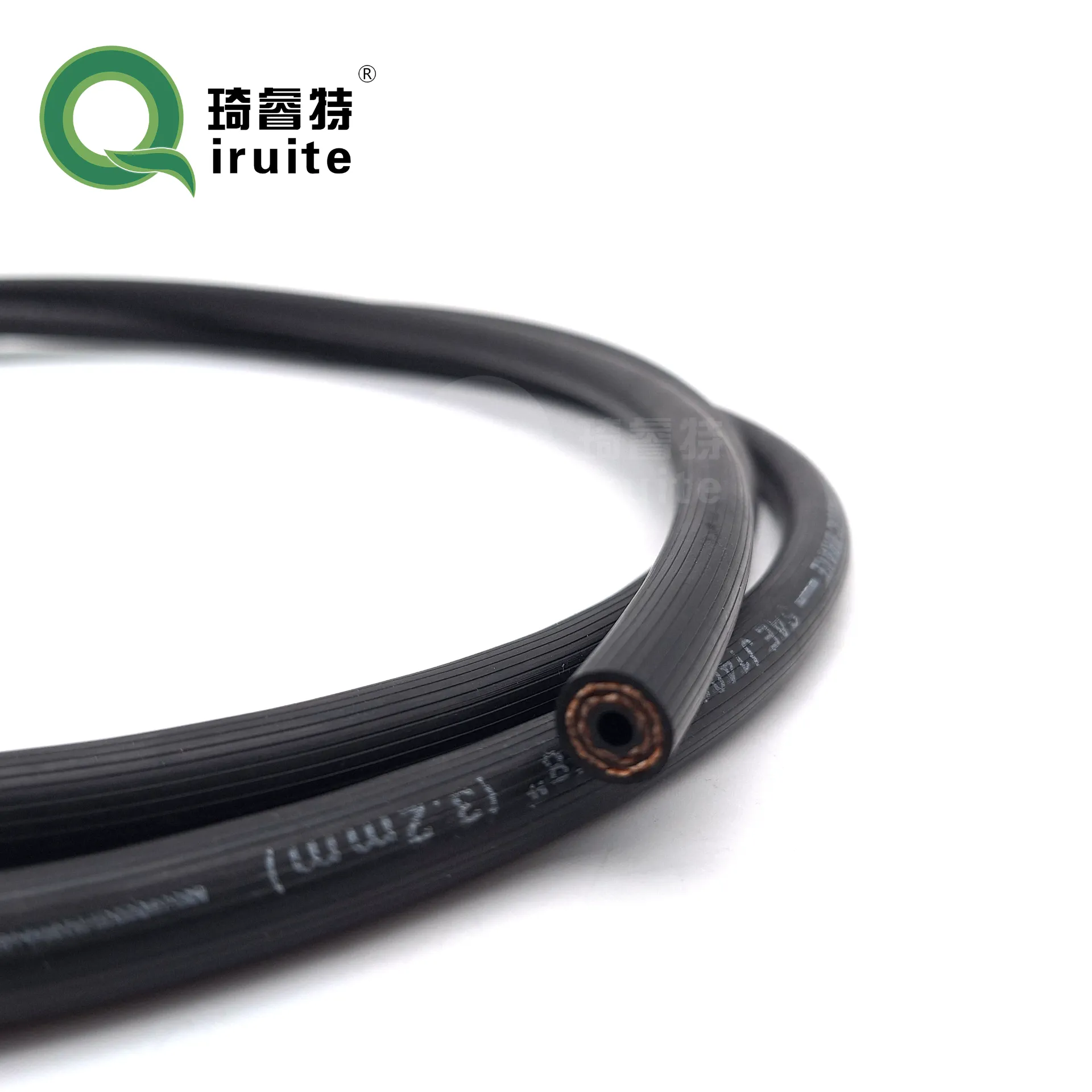Understanding the SAE J1401 Standards for Automotive Brake Hose Performance and Safety Testing
Understanding SAE J1401 A Key Standard in Automotive Brake Hose Performance
The automotive industry is one of the most regulated sectors globally, ensuring that vehicles not only operate efficiently but also safely. Among the many standards established for automotive components, the SAE J1401 standard plays a pivotal role, particularly concerning the performance and safety of brake hoses. This article will explore the significance of SAE J1401, its testing requirements, applications, and its impact on the automotive industry.
What is SAE J1401?
SAE J1401 is a standard developed by the Society of Automotive Engineers (SAE) that specifies the performance requirements and test methods for automotive brake hoses. It applies to hydraulic brake systems and delineates the specifications for materials, construction, and testing of hoses intended for use in vehicles. The establishment of this standard is crucial for ensuring that brake hoses can withstand the harsh conditions encountered in automotive applications, thus contributing to the overall safety and reliability of vehicles.
Importance of Brake Hose Standards
Brake hoses are vital components of a vehicle's braking system. They carry hydraulic fluid under high pressure, enabling the braking system to function effectively. Given the critical role that brake hoses play in vehicle safety, it is essential that they adhere to stringent performance standards. Failure of a brake hose can lead to brake failure, resulting in severe accidents. Thus, standards like SAE J1401 help mitigate risks by ensuring that all components meet minimum performance and safety criteria.
Key Performance Criteria
SAE J1401 outlines various performance criteria that brake hoses must meet, including
1. Pressure Resistance Brake hoses must withstand high hydraulic pressures without bursting. The standard specifies the minimum burst pressure that hoses should endure, which is a critical factor in preventing failure during operation.
2. Temperature and Environmental Tolerance Brake hoses are exposed to a wide range of temperatures and environmental conditions. The standard mandates that hoses remain functional and retain their structural integrity despite exposure to extreme heat, cold, chemicals, and moisture.
3. Flexibility and Bend Radius To ensure proper installation and operation within the limited spaces of a vehicle, hoses must be flexible. The standard specifies minimum bend radius requirements while maintaining performance during flexing.
sae j1401

4. Durability and Aging Over time, materials can degrade due to exposure to heat, moisture, and chemicals. SAE J1401 includes tests to evaluate the durability and aging characteristics of the hoses, ensuring that they remain safe and effective throughout their service life.
Testing Methods
SAE J1401 defines several testing methodologies to evaluate the performance of brake hoses. These include
- Burst Testing This test assesses the hose’s ability to withstand high pressures before failing. A sample hose is subjected to gradually increasing pressure until it bursts, allowing manufacturers to verify that their product meets the minimum requirements.
- Temperature Cycling Hoses undergo cycles of extreme temperatures to evaluate how well they maintain performance characteristics over time.
- Flexibility Tests Hoses are subjected to bending and twisting to assess their flexibility and ensure they can withstand the motion and vibration encountered in operations.
Applications in the Automotive Industry
SAE J1401 is crucial for various automotive applications, including passenger cars, trucks, and commercial vehicles. With the advent of more advanced braking systems—such as anti-lock braking systems (ABS) and electronic brake-force distribution (EBD)—the reliance on high-quality, reliable brake hoses has increased.
Manufacturers of brake hoses and systems must adhere to the SAE J1401 standard to ensure that their products meet legal safety requirements and function safely under all driving conditions. Compliance with this standard also enhances consumer confidence and trust in vehicle safety systems.
Conclusion
In summary, SAE J1401 is an essential standard that ensures the performance and safety of automotive brake hoses. By specifying rigorous testing and performance criteria, it plays a critical role in the automotive industry's ongoing efforts to enhance vehicle safety and reliability. As vehicles continue to evolve with more complex braking systems, adherence to standards like SAE J1401 will remain paramount in protecting lives on the road. The commitment to quality and safety embedded in this standard helps maintain consumer trust and underscores the importance of having robust regulations within the automotive industry.
-
Ultimate Spiral Protection for Hoses & CablesNewsJun.26,2025
-
The Ultimate Quick-Connect Solutions for Every NeedNewsJun.26,2025
-
SAE J1401 Brake Hose: Reliable Choice for Safe BrakingNewsJun.26,2025
-
Reliable J2064 A/C Hoses for Real-World Cooling NeedsNewsJun.26,2025
-
Heavy-Duty Sewer Jetting Hoses Built to LastNewsJun.26,2025
-
Fix Power Steering Tube Leaks Fast – Durable & Affordable SolutionNewsJun.26,2025

